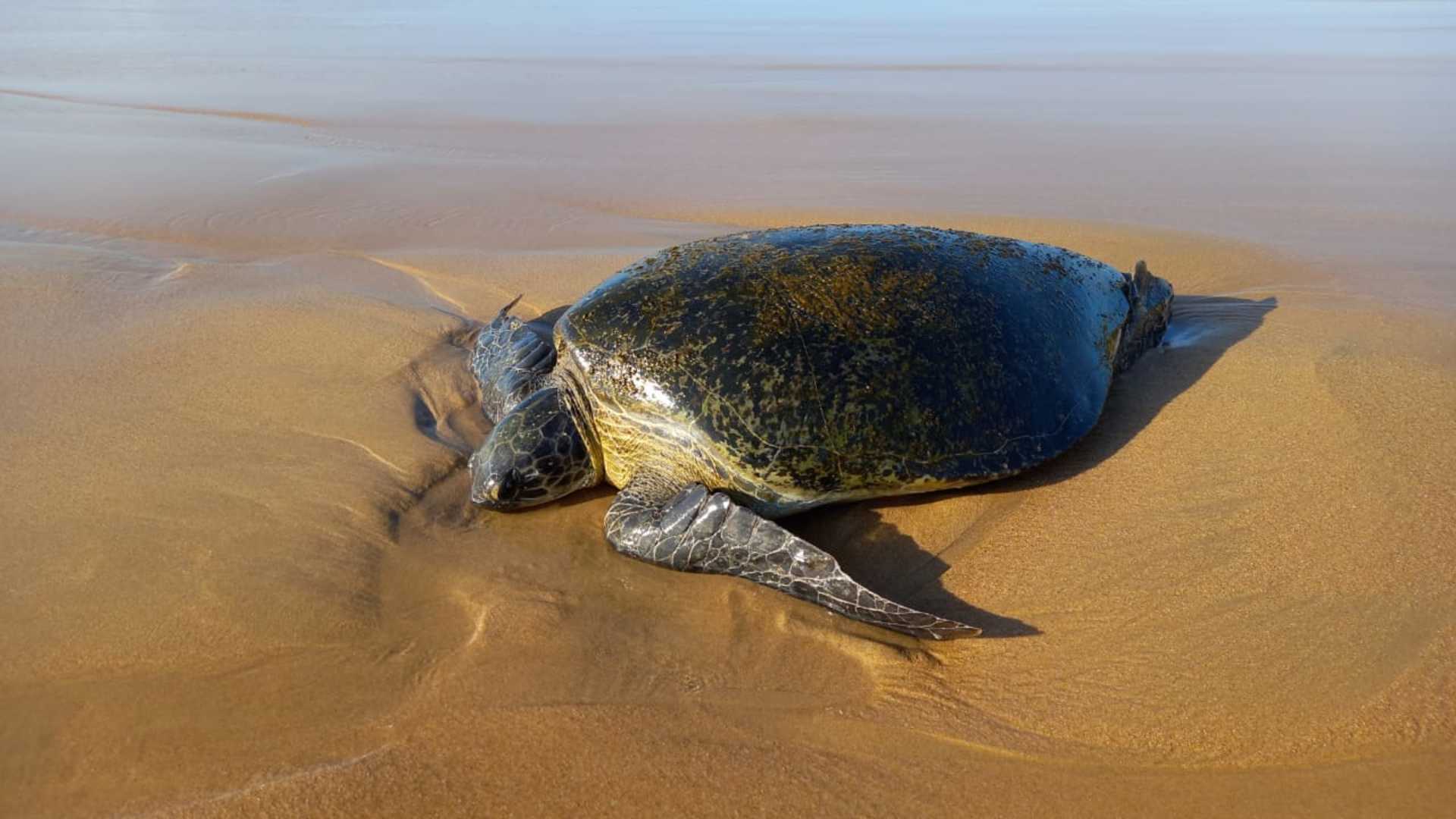Dates / Project duration
January 2024 - December 2026 / 3 years
Field of action :
Increase knowledge of biodiversity Conservation of endangered species Development of marine protected areas
Branch : 
Monaco

Location :
Sao Tomé-et-Principe
Project sponsor(s) :
Programa Tatô
?São Tomé and Príncipe is a small island country in Central Africa with exceptional biodiversity and ecologically sensitive marine habitats for birds and megafauna (cetaceans, turtles, rays and sharks). These islands are important breeding and feeding grounds for five species of sea turtle: the hawksbill turtle (Eretmochelys imbricata), olive ridley turtle (Lepidochelys olivacea), green sea turtle (Chelonia mydas), leatherback turtle (Dermochelys coriacea) and loggerhead sea turtle (Caretta caretta), all of which are included on the IUCN Red List.
The coastal populations of the island of São Tomé have traditionally exploited sea turtles mainly for consumption and the trade in meat and eggs, but also for carapace-based handicrafts. Other threats also affect the survival of sea turtles, such as accidental catches in small-scale fishing, marine pollution, coastal urbanisation, coastal erosion, illegal sand extraction and the rapid development of poorly planned tourism.
The project aims to consolidate the community conservation programme for sea turtles on the island of São Tomé through the protection and ecological monitoring of critical sea turtle nesting and feeding areas; the improvement of living conditions and the development of sustainable economic alternatives for former sea turtle poachers and traders; and a change in the mentality and behaviour of the Santomean society towards the marine and coastal environment and biodiversity.
The Programa Tatô now employs more than 60 people, most of whom are members of coastal communities responsible for monitoring and protecting sites important for sea turtles, applied research, environmental communication and education, the development of sustainable ecotourism and advocacy for the conservation of marine biodiversity.
The coastal populations of the island of São Tomé have traditionally exploited sea turtles mainly for consumption and the trade in meat and eggs, but also for carapace-based handicrafts. Other threats also affect the survival of sea turtles, such as accidental catches in small-scale fishing, marine pollution, coastal urbanisation, coastal erosion, illegal sand extraction and the rapid development of poorly planned tourism.
The project aims to consolidate the community conservation programme for sea turtles on the island of São Tomé through the protection and ecological monitoring of critical sea turtle nesting and feeding areas; the improvement of living conditions and the development of sustainable economic alternatives for former sea turtle poachers and traders; and a change in the mentality and behaviour of the Santomean society towards the marine and coastal environment and biodiversity.
The Programa Tatô now employs more than 60 people, most of whom are members of coastal communities responsible for monitoring and protecting sites important for sea turtles, applied research, environmental communication and education, the development of sustainable ecotourism and advocacy for the conservation of marine biodiversity.


